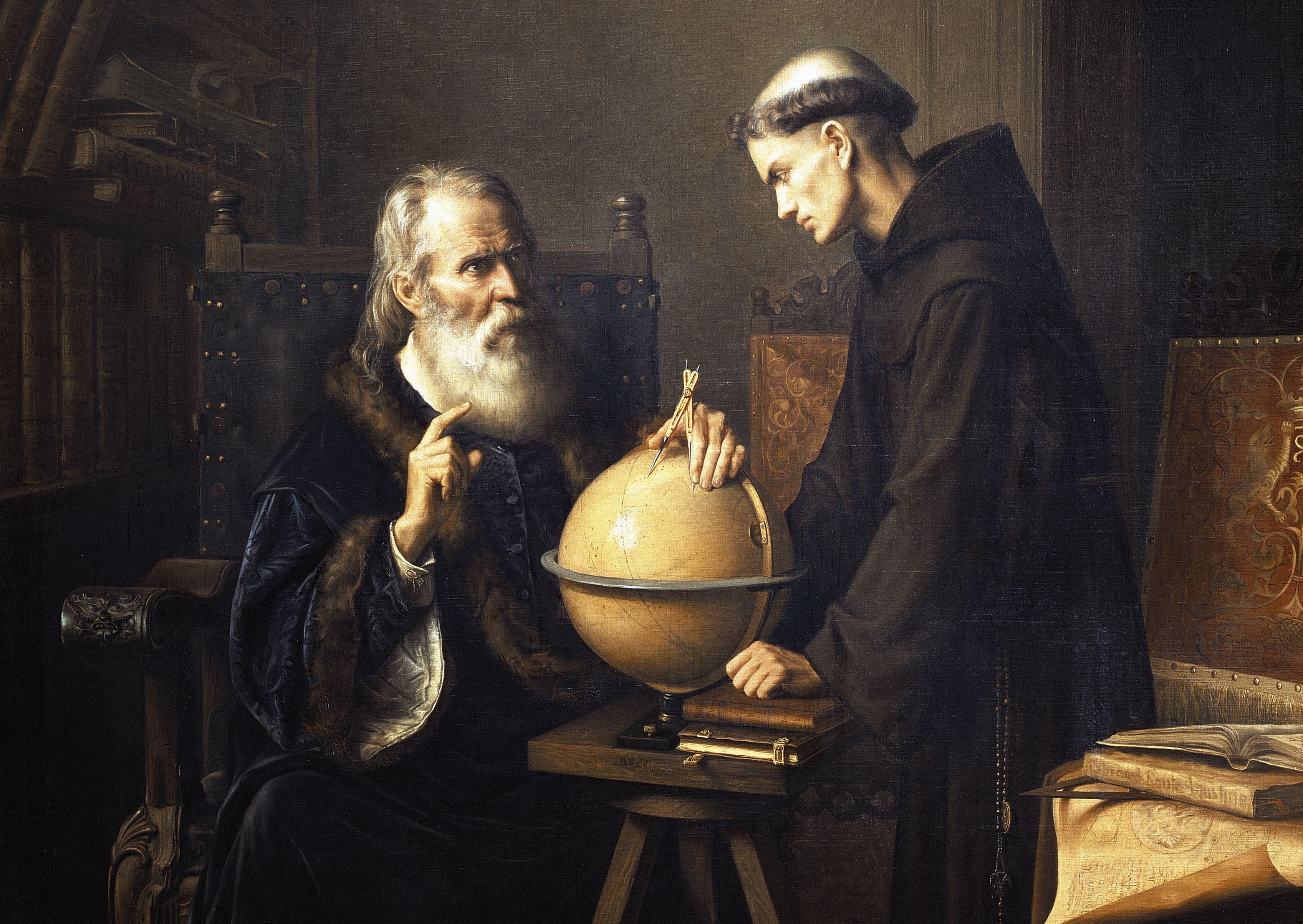In an extraordinary move that blurs the line between science, history, and legend, a team of researchers has announced a project so daring, so unthinkable, that it has stunned both the scientific community and the public alike. They plan to exhume the body of Galileo Galilei, the man hailed as the Father of Modern Astronomy, to extract his DNA — and in doing so, solve a centuries-old astronomical mystery that has baffled experts for generations.
💀 Yes, you read that right: scientists are literally going to dig up Galileo’s remains in search of answers hidden in his bones — answers that could change everything we thought we knew about the cosmos.
🧬 The Genetic Key to the Stars
At the heart of this shocking endeavor lies a question that has haunted astronomers for over 400 years: Was Galileo’s vision flawed?
Historical records reveal that the legendary scientist, who lived from 1564 to 1642, suffered from severe vision problems during the height of his discoveries. Despite his deteriorating eyesight, Galileo made monumental breakthroughs — observing the craters of the Moon, the moons of Jupiter, and the mysterious form of Saturn.
But here’s the twist: Galileo described Saturn as having “lateral ears” instead of rings — a baffling misinterpretation that scholars have long blamed on the limitations of his telescope.
Now, Director Paolo Galuti and his team at the Institute and Museum of the History of Science in Florence believe otherwise. They suspect that Galileo’s own eyes — not his telescope — may have been the real culprit.
Their theory? Galileo may have had a genetic eye disease that distorted his vision, making him see celestial bodies in a way no one else could. And by extracting his DNA, they hope to identify the exact genetic mutation responsible — allowing modern scientists to literally recreate what Galileo saw through his telescope.
Imagine that: seeing the universe through the same flawed — yet visionary — eyes that changed human understanding of the heavens forever. 🌌
 💰 The Cost of Digging Up History
💰 The Cost of Digging Up History
Of course, unearthing the remains of one of history’s greatest minds isn’t simple — or cheap. The project’s estimated cost exceeds $300,000, not including the complex bureaucratic and ethical hurdles.
Galileo’s body rests in the Santa Croce Basilica in Florence, a site of immense historical and cultural significance. Obtaining permission to disturb his remains has sparked heated debate among historians, scientists, and the public. Some call it sacrilege. Others hail it as the ultimate act of devotion to science.
But to Galuti and his team, it’s not just an excavation — it’s a resurrection of truth.
🚀 A Discovery That Could Rewrite the Universe
If the DNA analysis confirms that Galileo had a severe visual impairment, the implications will be nothing short of revolutionary.
It could mean that some of the most iconic astronomical drawings and notes in human history were shaped not only by genius but also by genetic limitation. It could redefine how we interpret early astronomical observations and remind us that even flawed eyes can see the infinite.
This revelation would make Galileo not just a symbol of science, but of perseverance — a man who, despite his failing vision, continued to look to the stars and challenge the universe itself.
🌍 The World Watches in Awe
As this unprecedented mission begins, scientists, historians, and dreamers around the globe wait with bated breath. Will Galileo’s DNA reveal the truth behind his “celestial confusion”? Or will it uncover something even more mysterious — something that suggests our understanding of the universe has always been incomplete?
👉 Whatever the outcome, one thing is certain:
This isn’t just about Galileo’s eyes — it’s about the way humanity itself sees the cosmos.
A 400-year-old mystery is about to be unearthed.
And when it is, the stars may never look the same again. ✨
\





